If you have tried amaranth, you probably were far from happy with the taste, but in contrast, it has really impressive nutritional qualities.
Amaranth is an ancient grain that is closely associated with the traditions and lifestyle of eating of the Aztecs. Amaranth, Amaranthus, is an annual plant, a close relative of pigweed species that grow like weeds.
Reaches a height of up to 6.5 ft (2 meters), has brightly colored leaves with the colors ranging from deep red, to purple, pink, orange and white. The seeds are the size of lentil grains and the color varies from white to orange. Homeland of the amaranth is considered to be America. There are many types and varieties of amaranth that in different parts of the world that have different application.
History of amaranth
Homeland of this ancient grain is South and Central America. Before the United States were found, Amaranth had been a major food crop for local residents. It had participated in religious rituals. With the discovery of America the cultivation of amaranth came to an end because newcomers were terrified of pagan rituals involving Amaranth.
Beans and wheat became a major food crop. Several centuries later, in the second half of the 20th century, cultivation of amaranth resumed. Nowadays, it is widely distributed in Asia, Africa, North and South America.
Composition of amaranth
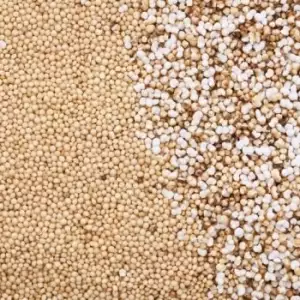
Amaranth contains a large number of essential amino acids, lysine and the amount of it is three times higher than that in other grains. Amaranth is rich in phosphorus, iron, magnesium and calcium, vitamin E. There is a large amount of fiber, but no gluten. It also contains B vitamins and folic acid.
100 g amaranth contains 375 kcal, 66 g carbohydrates, 9.3 g fiber, 6.5 g fat, 14 g protein.
Selecting and storing amaranth
Amaranth can be purchased in specialist and organic shop in packs of 1 lb (500 g). Store in a cool, dry place.
Cooking amaranth
Experienced chefs say heat treatment improves the taste of the small grains but also enhances the absorption of nutrients. Cooking time of Amaranth is about 25 minutes.
Should not be boiled at a very high temperature, because it can achieve a negative effect. If you do not want to cook it, you have to soak it in water for 10-12 hours.
Improve the taste, if desired, by seasoning it with honey, or add nuts or dried fruits. Popcorn from amaranth is recommended for babies. Amaranth is suitable for side dishes.
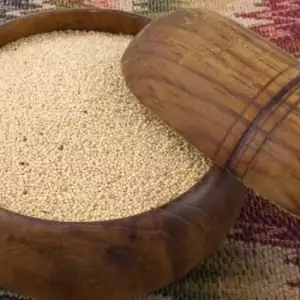
Amaranth seed
It can be cooked like rice or be combined with quinoa or brown rice. Handful of amaranth in soups is a very suitable additive. This also applies to dishes with lentils, beans and even any vegetables. Amaranth can be used ground into flour too.
Use of amaranth in combination with corn, rice or brown wheat provides a full range of proteins, having the same nutritional value as poultry, red meat and fish.
Different countries prepare Amaranth differently. In Ecuador, they cook the flowers of the plant, and the resulting water is added to native rum, a drink which local claim that purifies the blood. In Mexico, they make popcorn, then mix it with sugar and thus you get Allegra.
Of ground and roasted Amaranth seeds, you can prepare the local drink Atoll. In Peru, they also prepare an Amaranth drink they call Hiha. In Mexico and Peru, you can have fried or boiled leaves of amaranth. In India, they prepare sweets with amaranth.
Benefits of Amaranth
Amaranth is especially useful for people who suffer from gluten intolerance, because it contains no gluten. It is rich in sulfur-containing amino acids, which are important for the normal functioning of the liver and normal development of infants. Amaranth is a preferred food of vegetarians who obtain their necessary proteins through it.
Amaranth is recommended for consumption during pregnancy, by active people and those who do hard labor. It enhances the activity of the gastrointestinal tract. It is useful for those who maintain a balanced and healthy diet.
The blooming plant is used for medicinal purposes. It has a diaphoretic, astringent, diuretic and stimulating action. It is used in heavy menstruation, bleeding, sores in the mouth and throat, gastroenteritis and diarrhea.
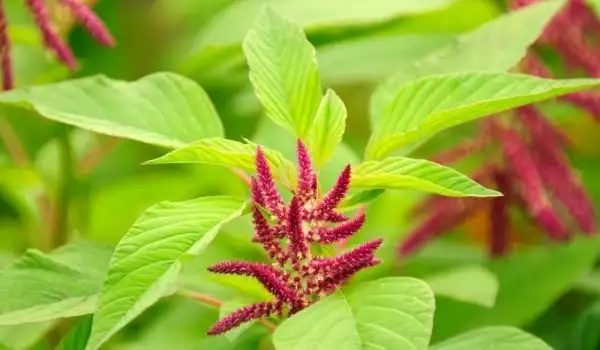
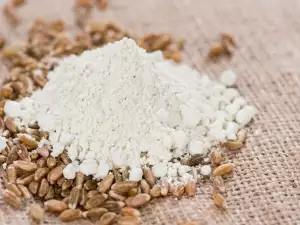
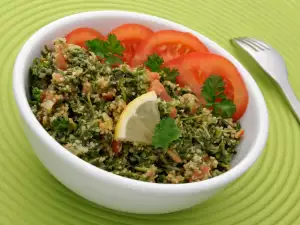
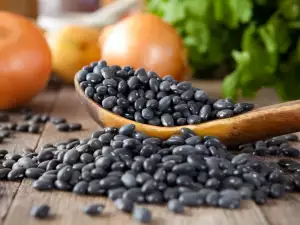

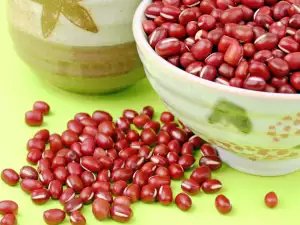
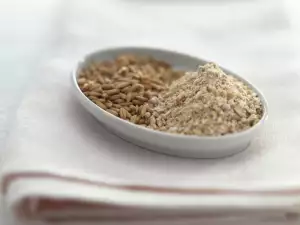
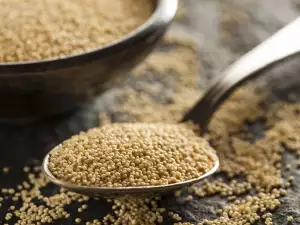


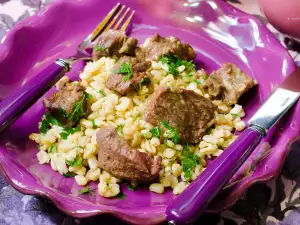

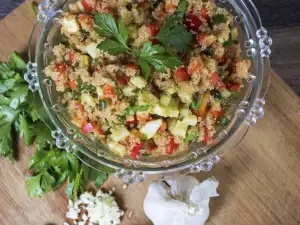

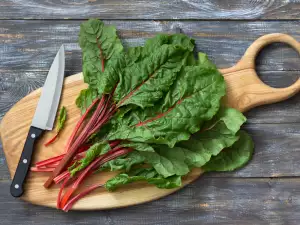




Comments